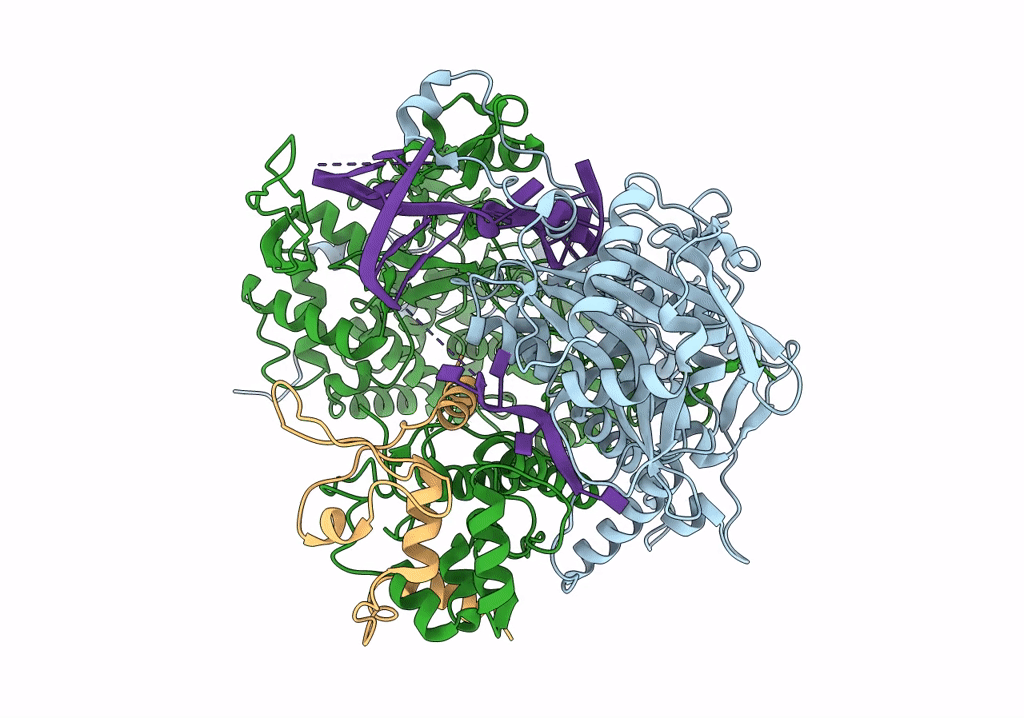
Deposition Date
2019-10-03
Release Date
2020-04-15
Last Version Date
2025-07-09
Method Details:
Experimental Method:
Resolution:
3.18 Å
Aggregation State:
PARTICLE
Reconstruction Method:
SINGLE PARTICLE


